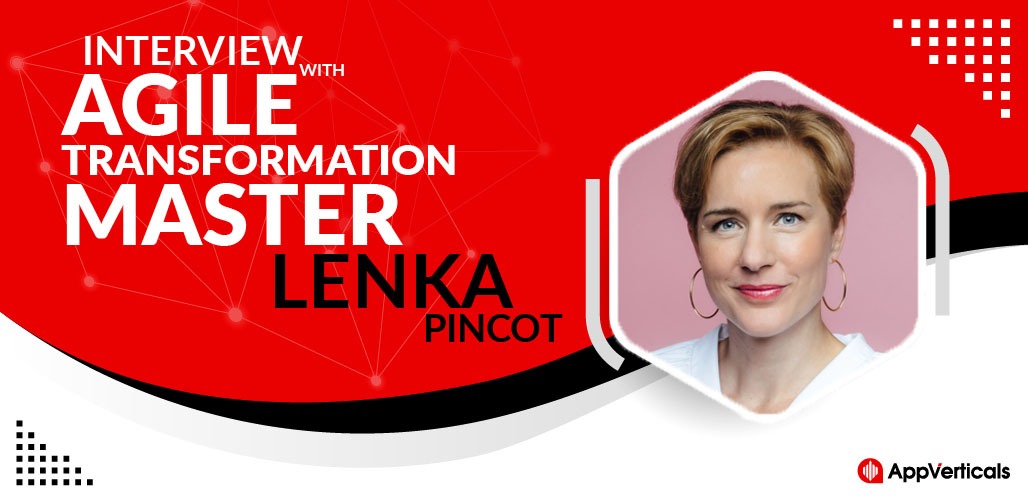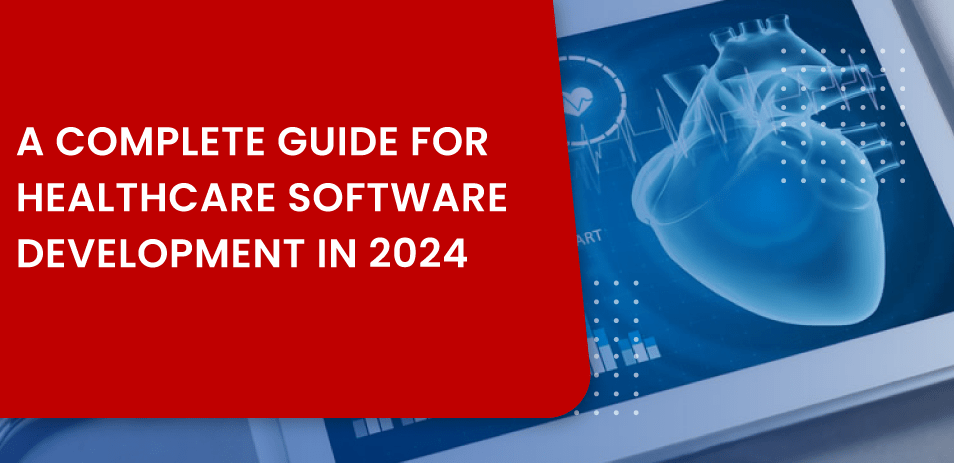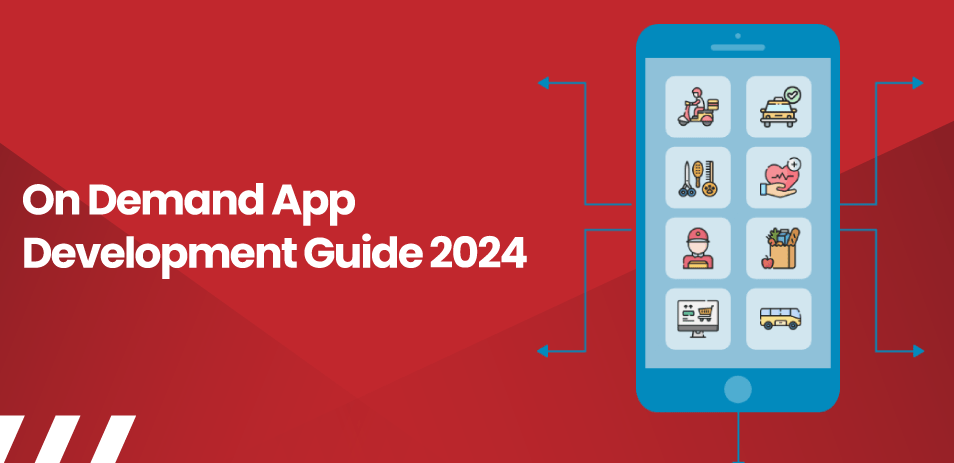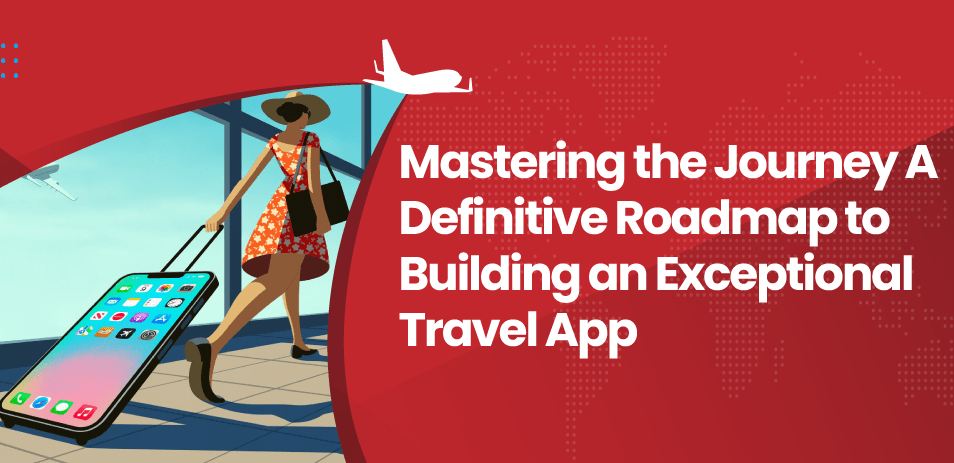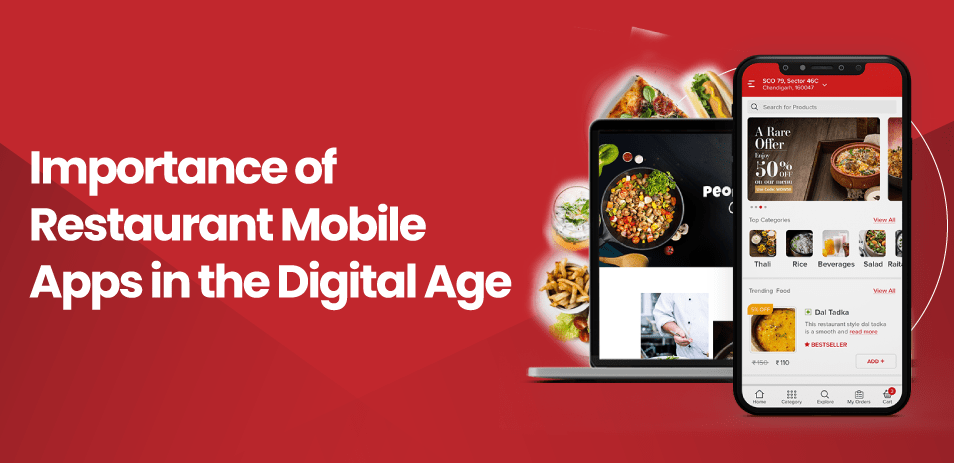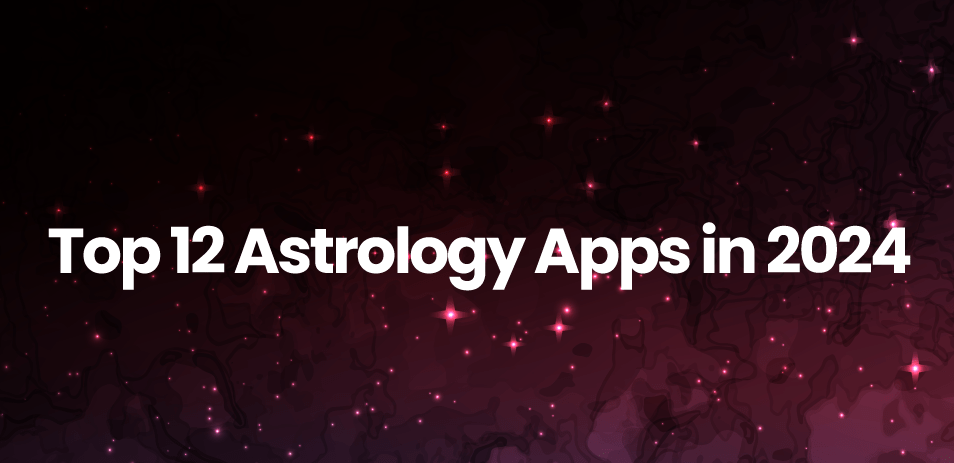Introduction
With more than 20 years of international and multi-industry experience, Lenka started her career as a management consulting analyst to later become organization-wide transformation leader focused on the agile way of working and increasing customer value by use of digital technologies.
Her core expertise is aligning business and IT strategies to deliver long-term impact and enhance organizational response-ability. She has outstanding experience in driving digital transformation, implementing new technologies, promoting agile methods and process automation to achieve sustainable and foreseeable value for customers.
While working in different role capacities, be it a transformation leader, business leader, or management consultant, her goal remains to achieve measurable outcomes.
Without any more delay, we would start with her interview to get more insights into her valuable experience.
Now without any delays let’s get started with the interview.
AppVerticals: What inspires you most about being an agile transformation leader?
Answer: In general, I like to crack problems. In business, each company is different. While we can translate organizational agility as a set of capabilities to be developed on an enterprise-wide level, there is no one way of achieving it. My job requires constant learning, observing, and evaluating scenarios that will shift a company towards agility, which makes it intriguing. Any success is hard-earned and therefore rewarding, keeping my motivation high.
But what truly inspires me the most is to see the possibilities that open up when you succeed in empowering teams and colleagues around you. The agile way of working promotes autonomy, self-management, and active work with feedback that drives improvement. Agile culture enables talents to thrive and brings innovation. Moments of witnessing teams overcome a long-term issue and build upon their achievements inspire me to think about how to do my job even better constantly.
AppVerticals: The agile approach itself is very dynamic; how do you manage its effective implementation in large-scale organizations?
Answer: Achieving agility in smaller organizations is easier; it comes more naturally. In large corporations, agility is often hindered by decision-making processes that are designed to minimize risk-taking. Learning by failing fast contradicts the traditional approach of how to perceive success.
To enhance the agility of a large organization, start by diagnosing and understanding 4 levels of organization design that impact overall flexibility – organization and team structure, processes, IT architecture, and culture.
Long-term impactful transformation must be happening on an individual level by role modeling and promoting agile culture, on a team level by choosing the right way of work supported by agile coaching, and on the organizational level by removing system impediments.
This wide range of focus requires a strong transformation team and a clear vision of what should be achieved by the overall transformation.
AppVerticals: Individual skill development is a big issue in less dynamic organizations; how do you effectively address it at large scales?
Answer: We have in place a skills development approach designed to fit diverse learning needs. Our People and Culture team offer a variety of self-paced courses, comprehensive learning journeys, online and onsite training, interactive workshops, and leadership development programs including agile leadership topics. We also regularly invite external inspiring speakers to offer new perspectives.
On top of this wide range of educational activities we support professionals in strategically important domains to form Communities of Practice that promote learning from peers, experience, and know-how sharing.
AppVerticals: What is your view on implementing agility in organizational departments which does not involve complex work structures?
Answer: Any company has multiple functions that all need to be orchestrated to deliver a great product appreciated by customers. Each of these functions is important and needs to be considered during the transformation.
Let’s take an example of an athlete trained to run sprints. Their overall agility will not develop if we focus just on training leg muscles. They need to have a strong core, be overall fit, and have the ability to coordinate their movements well. In other words, training the whole body is necessary.
Complexity or the nature of work of a single department is not enough to say if more agility is needed or not. We need to look at the company as a whole to see the role of that department in the interactions with other teams and then determine which method or approach fits the best purpose of developing agility in that particular team.
AppVerticals: Keeping in mind the complexities of different organizations at different levels, how do you keep consistency in your approaches if a hybrid approach is required to address and achieve organizational objectives?
Answer: The great help here is not to focus too much on the chosen method, e.g. Scrum versus PMBOK or Prince, but rather on the overall principles of the agile way of delivery.
In our company, we follow 6 principles of adaptive organization that provide a holistic view of what we want to achieve by the agile transformation. New teams entering the transformation go through an agile onboarding workshop to discuss and determine how these 6 principles can be implemented in their setup. Sometimes it is about the way of working, sometimes about leadership, and sometimes about adopting new tools or developing skills.
When it comes to executing a project, we also go back to the principles. The essence of an agile way of product delivery is iterative and incremental. While the most frequently used method by agile teams, Scrum, is iterative and incremental by its design, hybrid project approaches can be too.
Our objective is to have a toolbox of methodologies that enable our teams to pick the best fit for their product backlog or project scope and then have synchronization touch points across all major teams, e.g. quarterly OKR reviews, that clearly shows if we are still on track or need adjustments.
AppVerticals: What do you think is the biggest benefit of keeping organizational change and transformation goal oriented?
Answer: Pursuing a change just for the sake of it is probably not an effective use of energy and resources. Transformation needs to follow a purpose that is based on understanding why any change is needed at all. Why do we want to be better, and in what areas exactly? What will it bring us? What risks are we addressing by the change?
Answers to these questions translated into goals help to navigate long-term transformation and decide which steps will bring us closer to achieving the goal.
AppVerticals: Who do you see as a source of inspiration in the field of organizational transformation? Please name some who have impacted your career significantly.
Answer: Following my rather holistic way of thinking, I always look forward and think why do we invest so much in agile transformation and what should be the benefit of that. That leads me to the area of my passion – innovation and technology.
My inspiration for agile transformation comes from people who see their purpose in improving techniques to understand customer needs better and to address them with technology that opens new possibilities. The two people I look up to the most are Marc Gruber, a professor of Entrepreneurship & Tech. Commercialization at EPFL, Editor-in-Chief of AMJ and Co-author of “WHERE TO PLAY”, and Arturo Bris, Professor of Finance at IMD Business School of Switzerland and Director of IMD World Competitiveness Center.
AppVerticals: You have worn different hats in your professional career, be it a director of a women empowerment program, business leader, agile methods implementation expert or management consultant; which role do you prefer most?
Answer: All of my roles have one thing in common – setting a strategy and putting it into action using change management and transformation leadership. I take it as an advantage to be able to gather experience from multiple industries and different environments, including working in international teams in Europe and the United States.
I take every opportunity to learn and develop myself to take a step further towards what I believe is the purpose of my work – to create an environment for talents to thrive leading to impactful and purposeful innovation.
AppVerticals: What tools or practices would you recommend to a new project manager who is aimed at learning his/her projects while following agile practices?
Answer: I would recommend taking courses or reading books that explain the fundamental principles of the agile way of working first, then I would continue learning specific methods.
Another way to start is to join an already existing agile team and shadow their scrum master and product owner. Take the time to observe and learn how agile methods are implemented.
Apart from individual learning, multiple international or local communities are centered on agile practices that offer meetups, conferences, or blogs. Such communities are great for experience sharing and asking questions directly from practitioners.
AppVerticals: How important is adjusting and reacting to the changes happening in the external environment if project goals can be achieved satisfactorily following the old practices?
Answer: Adjusting and reacting to the external environment is important regardless of the project goals. For instance, the market situation might abruptly change in such a way that a company needs to put on hold all non-essential projects and redirect their resources without losing a beat or reprioritize software application development to fit unexpected customer needs. We can all just look at the impact of covid and its strong push for contact-less business transactions, remote work, online collaboration tools, etc.
Achieving flexibility with the waterfall approach is difficult because it is based on the following risk management approach – identify all the potential risks upfront, document requirements for the solution to determine resource demand, and focus on delivering the fixed scope with the forecasted team and resources. Any change needs to be reviewed, estimated, and approved to prevent creating an unwanted impact on other projects or businesses as usual processes. This approach slows down the delivery if the external environment calls for a quick change.
In a rapidly changing environment the waterfall approach is simply not practical. Agile way of delivery puts emphasis on delivering incrementally in iterations that are reviewed by future users of the solution to capture early feedback and adjust the product before any change becomes too costly.
AppVerticals: In your view, what elements of the projects should be focused heavily for achieving goal-oriented outcomes?
Answer: When it comes to achieving goal-oriented outcomes, the critical part is always the very first phase in which you determine what are your goals. Setting goals is not an easy task, good goals are based on a deep understanding of your environment, the needs of your customers, your capabilities, and your ability to balance the expectations with limitations of your business.
The second critical part is how are you able to communicate the goals to the team clearly. The team that understands the goals well can be self-managed and really do their best to achieve them. On the other hand, unclear goals often lead to a waste of energy and frustration.
The third step is to set a mechanism of goal tracking. Data should be easy to collect and interpret. Once you have these three elements in place, you are on a good way to achieving your goals.
AppVerticals: Apart from professional life, what leisure activities do you prefer for maintaining work/life balance?
Answer: My work days are filled with interactions with colleagues and various teams, so I prefer individual and quiet leisure activities to switch off truly. I do indoor climbing and yoga to keep fit, and I love taking amateur pictures of cities and nature. But frankly speaking, being also a mother of three kids, it is really hard to find any time to rest 🙂
AppVerticals: AppVerticals is an application development company that provides its clients with a wide range of digital services. Our specialty is application development; what would be your suggestions for us to streamline application development projects better?
Answer: Engage your user communities in proposing innovations, participate in beta testing or organize hackathons. Many users easily spot the potential for improvement of an app and are happy to share their views. Use their creativity and fresh ideas to make your product even better.

